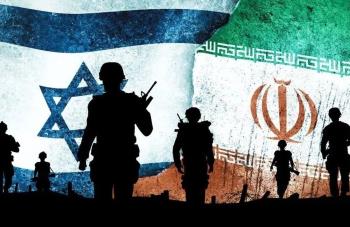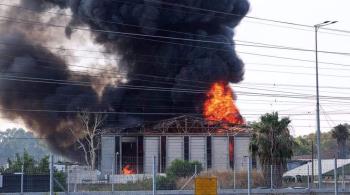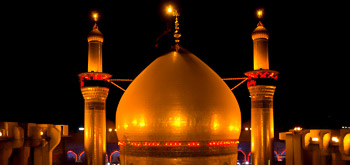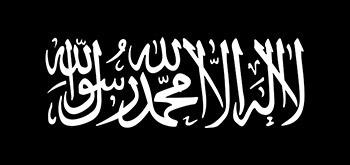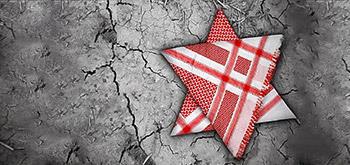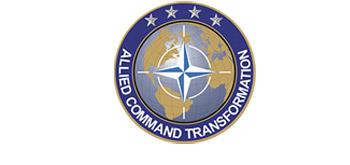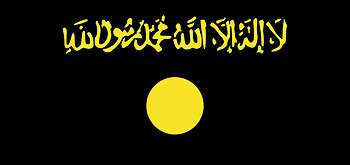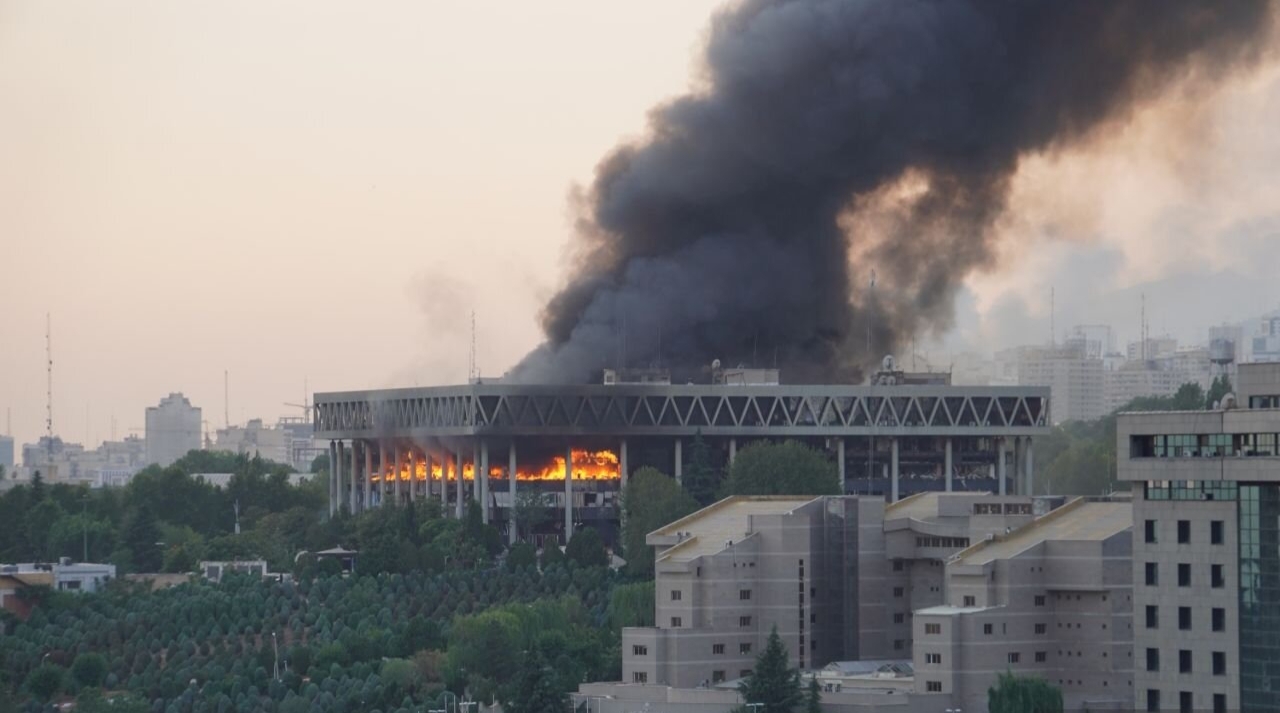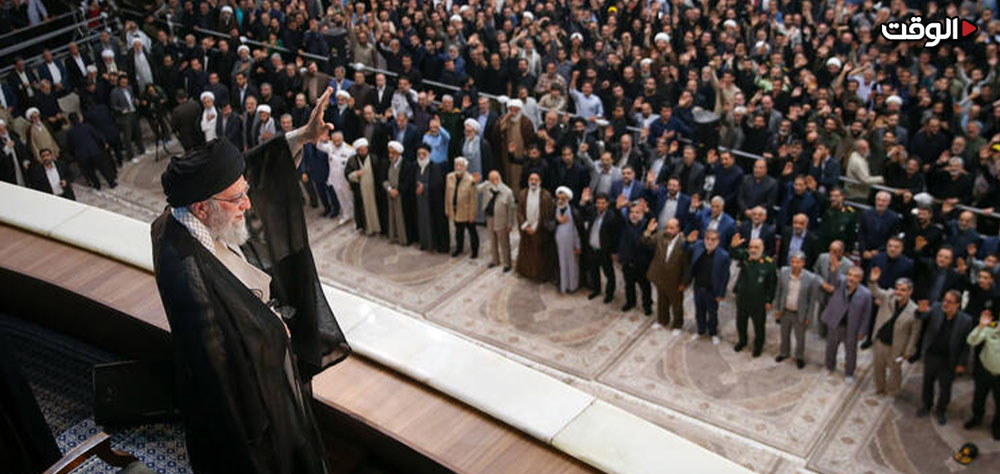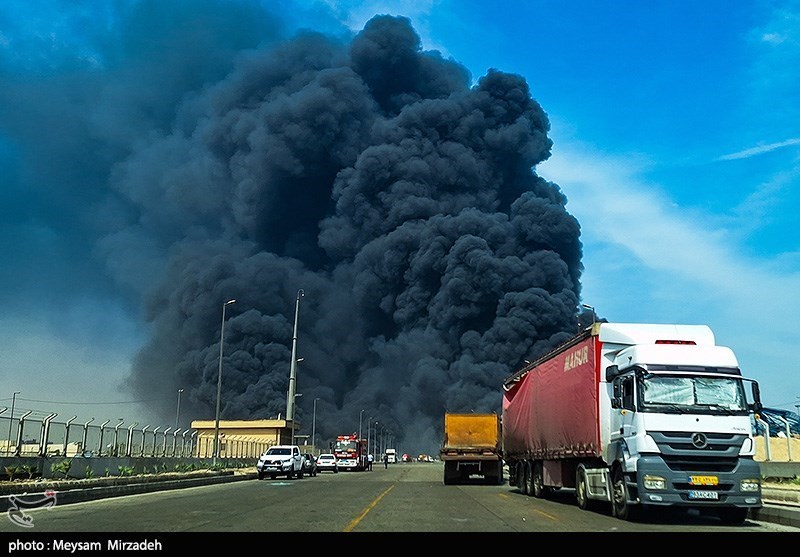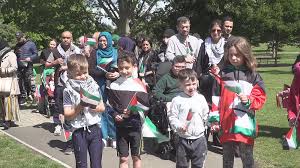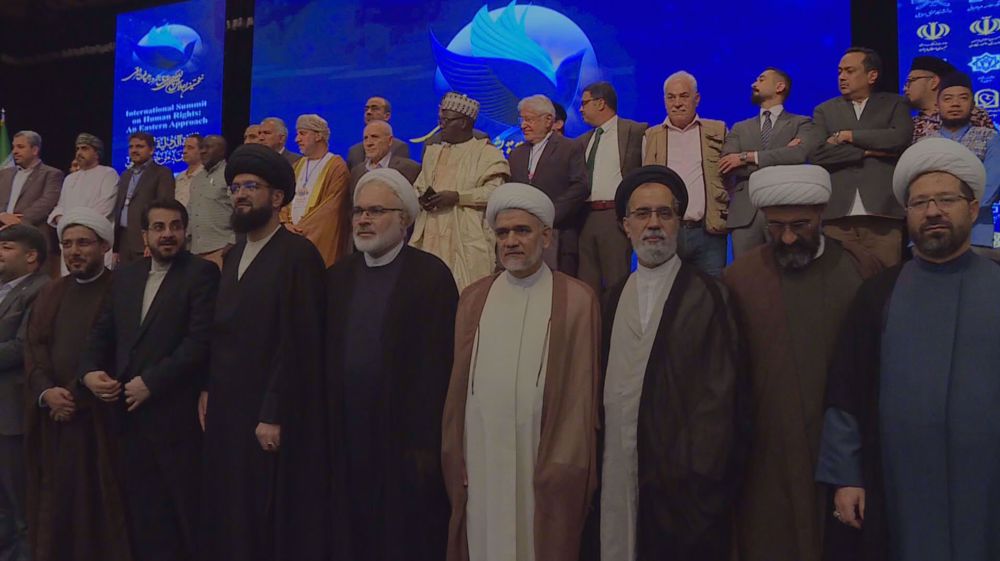Alwaght- While according to the international laws civilian sites and defenseless people should be immune to military attacks, since the start of the Israeli aggression on Iran earlier on Friday, ordinary citizens and civilian places have been among the main war targets of the Israeli regime.
The attacks on a number of residential buildings in various areas of the capital Tehran to assassinate senior officials was the first one in a series of Israeli crimes to strike the non-military sites that led to death and injury of hundreds of people. During these crimes, tens of innocent women and children fell victim to the Israeli war ambitions.
As the time passed by, Israel expended scope of its attacks to civilian neighborhoods. Meanwhile, in the first day of its aggression, the Israeli regime struck the Social Welfare Organization of Qasreshirin of Kermanshah province west of the country. As a result, one of the employees was martyred and one was severely injured. The building also took major damage.
A girls' highschool in Tehran's 3rd district was also targeted by Israeli drones, taking damage from the attack. Also, on the same day, a number of civilian buildings in different cities were targeted by Israeli drones, with some people killed and others injured.
On the second day, in addition to attacking nuclear and military centers, the Israelis also targeted energy infrastructure, including South Pars Phase 14 refinery, causing a massive explosion that resulted in a massive fire. Also, the Fajr Jam refinery, where part of the gas produced by South Pars and the gas from the Nar and Kangan fields is sweetened, was hit by an Israeli drone.
Medical centers part of Israel target bank
Just as the Israeli regime had targeted medical centers in the Gaza war, it has repeatedly committed this crime in Iran. On the second day of the attacks, Hakim Children’s Hospital in Tehran was targeted by an Israeli projectile, which did not cause any casualties.
On the third day, the occupation regime targeted Farabi Hospital in Kermanshah, causing serious damage to parts of the hospital. As a result of this attack, many hospital equipment were damaged and windows were broken, which led to injuries to patients.
Also, on the fourth day, the Kimidaro pharmaceutical company in eastern Tehran was targeted by the Israeli regime, which claimed to be attacking military centers, during which parts of the company caught fire.
Media and scientific centers in Israeli target bank
The Israeli regime, whose sole goal is to inflict more casualties in the areas under attack, does not consider any place an exception, and scientific and media centers are among its targets.
Meanwhile, Saeed Khatibzadeh, director of the Iranian Foreign Ministry's Studies Office, announced that the Israeli regime has deliberately and ruthlessly targeted the foreign ministry building near the Institute for Political and International Studies, and especially the institute's library. The library was damaged in this attack.
However, the height of the Israeli regime's brutality could be seen in the attack on the Islamic Republic of Iran Broadcasting (IRIB). On Monday, Israel fired missiles destroying parts of the national television's main office, causing a massive fire. One person was martyred and a number of media personnel were injured in this crime.
Targeting residential areas and civilian infrastructure in various cities of the country is clear evidence of a gross violation of human rights and the principles of war. This brutal act not only questioned the legitimacy of the claims of Tel Aviv's leaders, but also once again revealed to the world the aggressive nature of this regime.
What's behind Israeli attacks on civilian sites?
The pattern of targeting of the civilians shows that the Israeli aims go beyond utter military conflicts and are meant to wage a combined and multilayer war on Iran. Attacking the civilian regions not only is an obvious violation of the international laws and humanitarian principles at the time of conflict, but also indicates a clear tactical shift to psychological warfare and creating multilayer pressure against Iran.
The aim of these attacks is to create fear and terror among ordinary and defenseless people in order to weaken public morale and shatter Iran’s internal cohesion.
Attacks on refineries, energy sites, and service facilities are carried out in order to disrupt people’s daily lives, reduce economic efficiency, and impose heavy reconstruction costs on Iran. By damaging vital infrastructure, the Israeli regime is trying to disrupt the cycle of public service delivery and fuel social discontent.
Also, the attack on the IRIB building, as one of the country’s media symbols, is an attempt to silence Iran’s official voice and reduce its ability to provide information in the face of the Israeli regime’s unilateral narrative in Western media. The continuation of these behaviors demonstrates the Israeli regime’s desperation, terrorist nature, and complete disbelief in humanitarian principles and human rights.
These actions are taken while according to international conventions, attack on the civilian sites is a war crime. Repeat of such attacks demonstrates the reckless, lawless, and destabilizing nature of the Israeli regime in the region, a regime that has resorted to terrorist and inhumane means after sustaining defeats in direct battlegrounds.

